Foods can improve your hormonal skin condition with this anti-inflammatory diet, especially if you're suffering from acne! So, what are the best anti-inflammatory foods that can help with hormonal acne? Continue reading to find out.
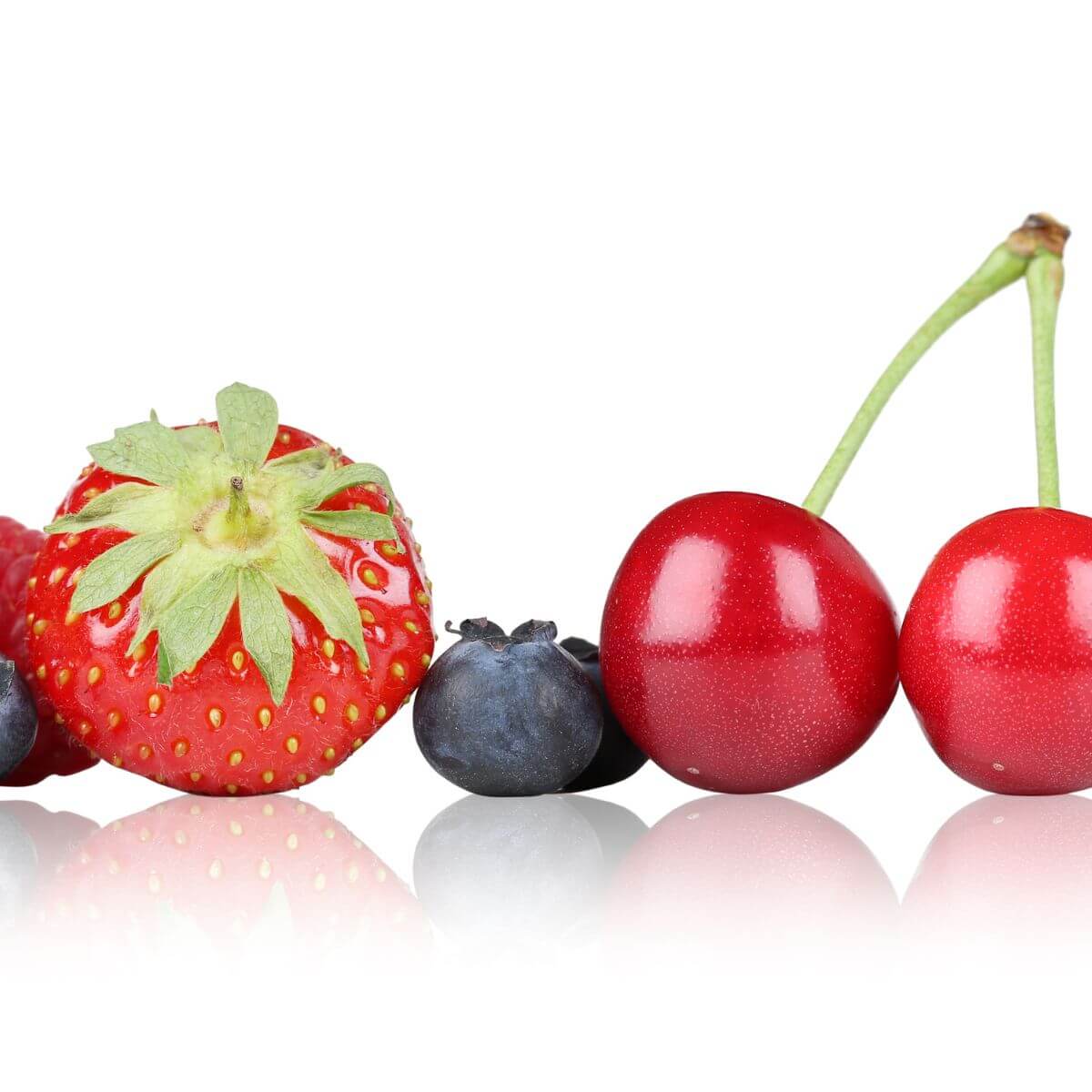
Table of Contents
🥗 Hormonal Acne Diet
Our dietary choices are connected to everything in terms of our overall health. From gut, skin, and hormonal health, it's all related to what foods we choose to put into our bodies.
We want to nourish on a cellular level, and this means proper vitamins, minerals, and hydration. So the anti-inflammatory foods we choose for hormonal acne are important if you want to nourish from the inside out.
Your skin is your largest organ, and it plays a vital role in your overall health and wellness. It protects what's inside you by keeping water and nutrients in, while keeping harmful bacteria and viruses out.
Your skin helps maintain your body temperature and makes vitamin D when exposed to the sun. It's also full of nerve endings to help you sense the outside world and avoid damage from things that are too hot, cold, or sharp.
Skin care isn't only something we need to do on the outside. What we eat and drink affects all of our vital organs-including our skin.
Here is a list of the essential nutrients you need to keep your skin nourished, so it can play its many fundamental roles and look its best.
🥗 Top Foods For Your Hormonal Acne Diet
Your skin is a complex organ and needs a variety of different nutrients every day to stay healthy. Here are some of my top recommendations.
Leafy Greens
Eat your leafy greens. Leafy greens help prevent acne scarring. In addition, leafy greens are a great liver supportive food, which helps clear up acne. They are a great source of chlorophyll, which supports detoxification in the body.
Raw is always best for delicate leafy greens, but heartier greens like cruciferous vegetables are easier on the digestive system when steamed or roasted.
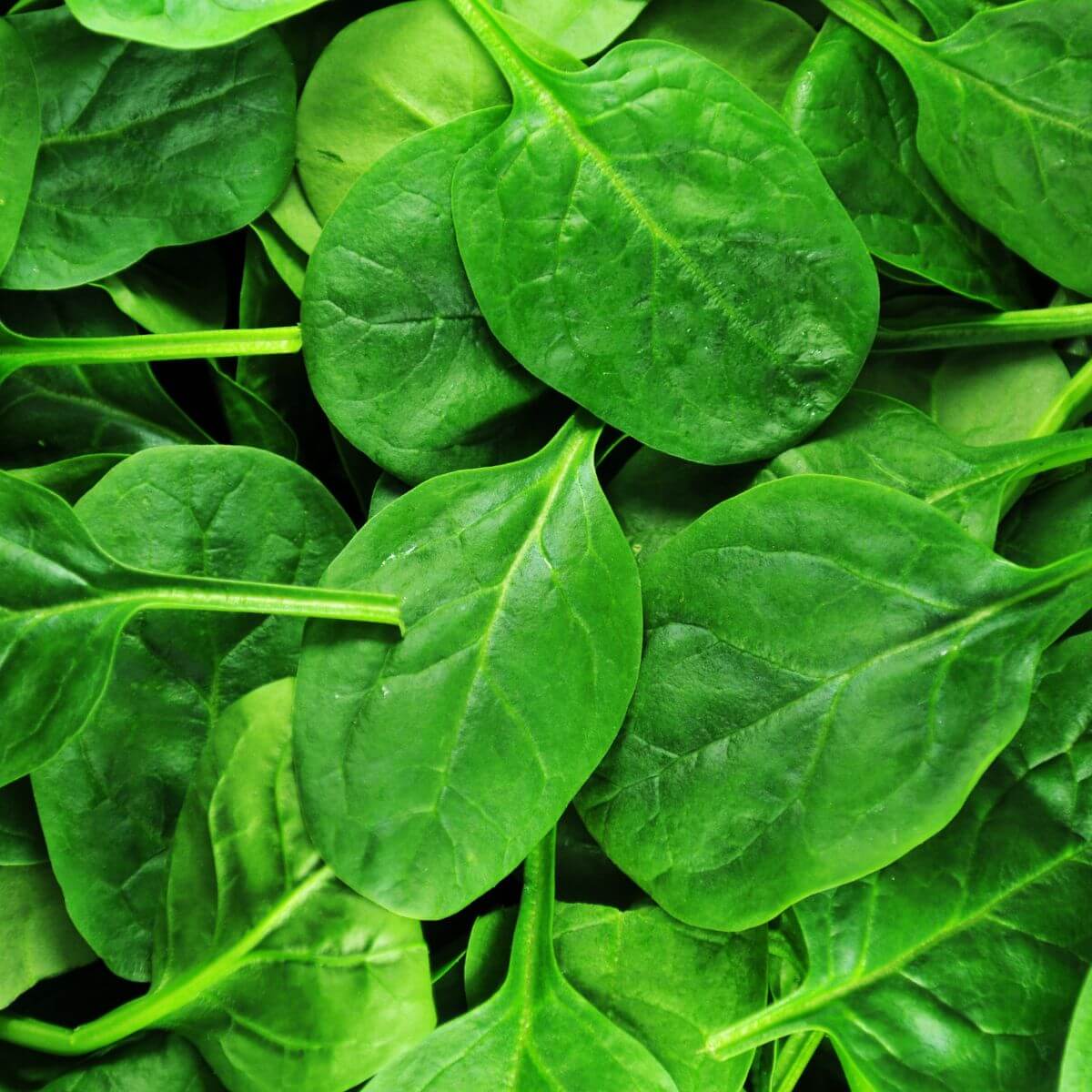
Spinach
Spinach is rich in magnesium. Ask your doctor to check your magnesium levels, as many individuals tend to be low in magnesium.
Studies show strong evidence that a magnesium deficiency leads to an inflammatory response in the body (1). It has been proposed that the anti-inflammatory response of Mg may contribute to the beneficial effects on reducing the levels of C-reactive protein (CRP) - a well-known indicator of acute or chronic inflammation (2).
In addition, when under stressful conditions, our body tends to flush magnesium from the body much quicker. So by adding spinach into your diet, you can help regulate cortisol levels within the body.
🍊 Vitamin C
Vitamin C is an essential nutrient and has several functions including making other nutrients more absorbable and available. It is a water-soluble antioxidant vitamin that plays many roles in your body, including in skin health.
A deficiency of Vitamin C (scurvy) results in skin lesions, as well as skin easily bruised and slow to heal. This is, in part, because of Vitamin C's role in stabilizing the protein collagen.
Another sign of vitamin C deficiency in the skin affects hair follicles and can cause "corkscrew hairs." These are examples of why Vitamin C is so important for skin health.
Every day, you should aim for at least 75 mg of Vitamin C. Fruits and vegetables are rich sources, in particular bell peppers, citrus fruits (oranges, grapefruits), broccoli, cauliflower, strawberries, kiwis, blackcurrants, potatoes, rose hip, and parsley. These foods promote healing of irritated skin to reveal glowing, radiant skin.
Melon
One of my favorite melons for skin health is cantaloupe.
Cantaloupe packs a punch when it comes to nutrients and a food that helps clear your skin, especially if you need to follow an anti-inflammatory hormonal acne diet. This is because of its rich vitamin A and vitamin C content.
In fact, one cup of cantaloupe supplies you with 100 percent of your recommended daily value (RDV) of vitamin C.
Oranges
This food is well known for being a rich source of vitamin C. One medium orange contains 83 mg of vitamin C. This fruit helps fight free radicals by neutralizing them before they can harm our cells.
Want a delicious vitamin C rich smoothie made with oranges? Then try my Dreamy Orange Creamsicle Smoothie.
Tomato
This food is a rich source of folate, potassium, and vitamin C. Lycopene is the most prominent carotenoid, followed by beta-carotene, gamma-carotene and phytoene, as well as several minor carotenoids.
The antioxidant activity of lycopene, as well as several other carotenoids, and their abundance in tomatoes, makes these foods rich sources of antioxidant activity(3).
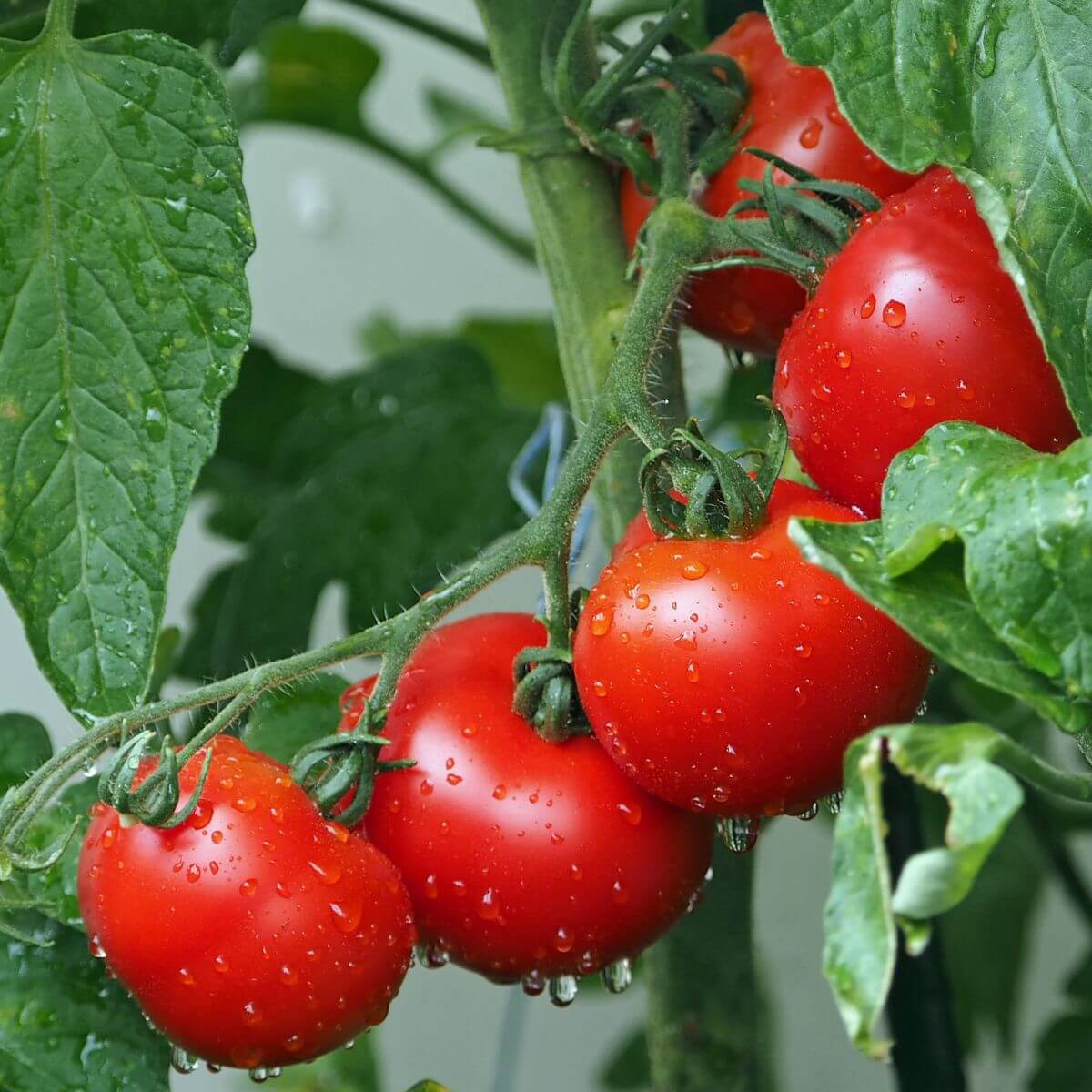
🧡 Selenium
Selenium is a mineral that strengthens the immune system and protects from free radical damage. It also plays an important role in DNA repair, which is what you want when dealing with any skin issues like acne.
Foods like sweet potatoes, carrots, brown rice, onions, spinach, apples, broccoli, and the ever popular Brazil nuts are high in selenium content.
Sweet Potato
Oh how I love sweet potatoes. They are my go-to complex carbohydrate source.
This nutritious vegetable is a great source of beta-carotene, which our body then converts into vitamin A. Beta carotene is important for healing wounds, including cystic acne.
Sweet potatoes also strengthen the effects of selenium, which helps preserve skin elasticity. Selenium can decrease oxidative stress. Foods like sweet potatoes strengthen the effects of selenium, which preserves skin elasticity.
Green Tea
This antioxidant rich green tea suppresses free radicals that damage the skin. Green tea is rich in polyphenols, which can benefit those with acne prone skin.
Polyphenols are plant compounds that contain anti-inflammatory and antioxidant properties. These polyphenols are antimicrobial, which helps kill the bacteria that leads to acne.
Onion
This food protects the elasticity of the skin and lowers inflammation.
Did you know that you can actually eat the onion skins and garlic? Yes, stay with me for a second. First, the skins of both onion and garlic offer some amazing health benefits. They are a rich source of plant compounds called flavonoids, especially quercetin.
Be sure. to read my nutrition cooking tips below for how to eat onion and garlic skins. It is a favorite recipe I make for the anti-inflammatory diet for acne.
Quercetin is known for helping reduce allergies, but can also be effective for calming the inflammation of the skin. In fact, studies have shown great improvement in the effects of quercetin on wound healing. (4) This can be beneficial to healing cystic painful acne.
Garlic
This flavor bomb makes food taste amazing, and for good reason. I love this anti-inflammatory food for acne.
Garlic is fabulous for skin health thanks to its antibacterial, antimicrobial, antifungal properties. Allicin in garlic helps speed up detoxification in the body.
What does this mean for clearing up the skin?
Well, for one, the skin of garlic contains a lot of vitamin A and C, plus anti-inflammatory phenylpropanoid antioxidants.
There are so many ways to use the peel of garlic. Blend into your favorite vegetable soup before serving. You can blend it with a green juice or try my garlic chips recipe below.
📥 GET THIS RECIPE IN YOUR INBOX 📥
Nutrition Cooking Tip
Roast garlic or onions skins with olive oil, and bake for 8 minutes in a 400 degree oven to make garlic chips. Sprinkle with sea salt and enjoy.
Another clever way to use these scraps from foods that are great for hormonal acne, like onion and garlic skins, is to use them for the base of a soup or bone broth.
Check out my Ginger Turmeric Bone Broth recipe, which is another anti-inflammatory recipe for when you follow a hormonal acne diet.
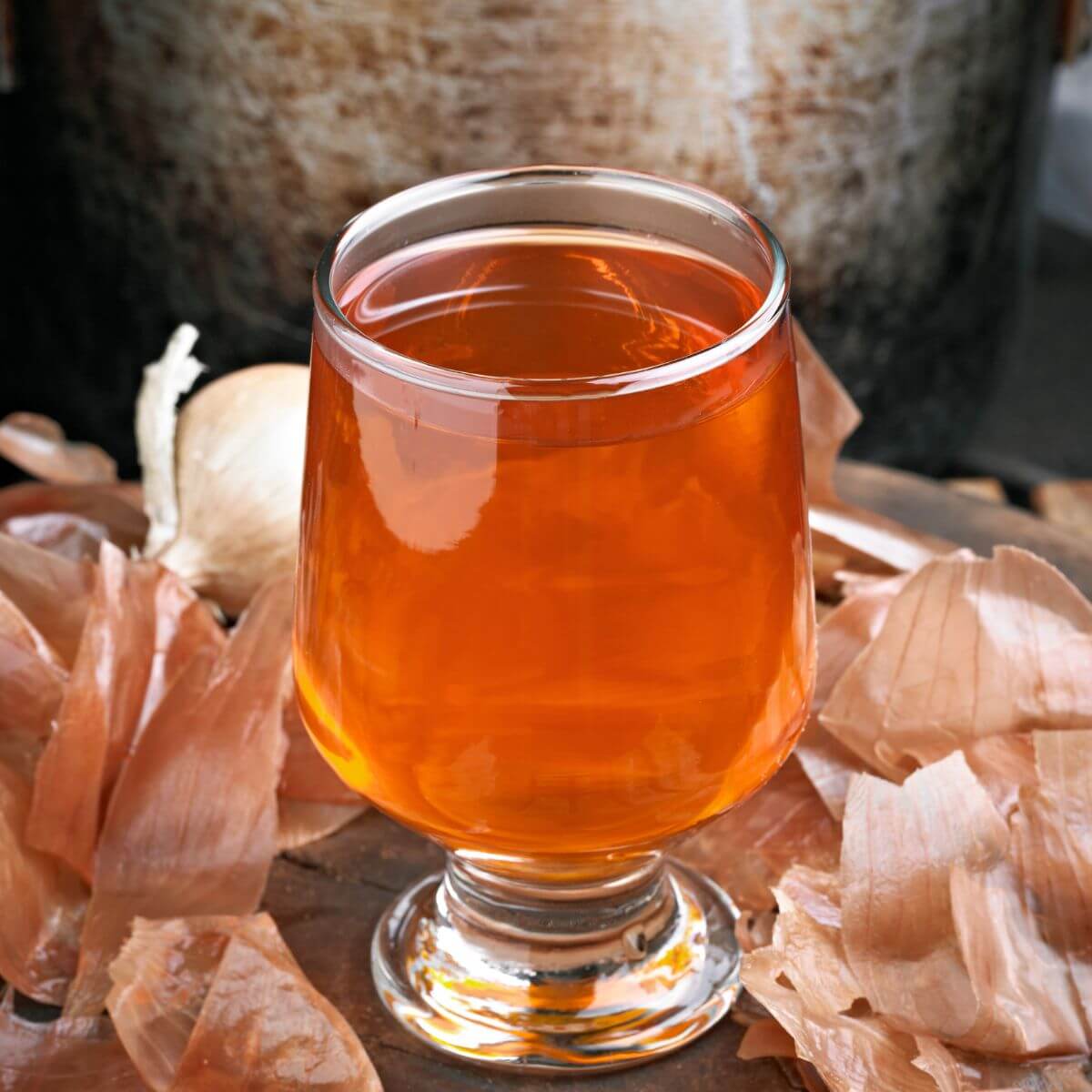
🧡 Learn How To Make A Skin & Immunity Apple Turmeric Onion Tea
This onion skin tea is loaded with amazing immune boosting and skin nourishing ingredients. I know it might sound strange, but trust me, your skin and immune system will love it.
📖 Recipe
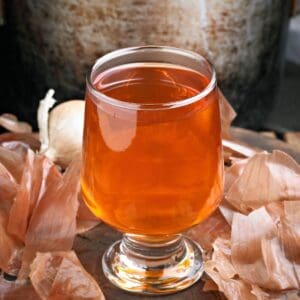
Skin and Immunity Apple Turmeric Onion Tea
Equipment
Ingredients
- 8 cups water
- 1 onion, red (Organic, skins left on, chopped)
- 1 apple, red delicious (Organic, skins left on, chopped)
- 1 orange (Organic, peel left on, chopped)
- 1 tablespoon apple cider vinegar
- 1 inch piece ginger, fresh (peeled and sliced OR (¼ teaspoon ground ginger)
- 1 inch piece turmeric, fresh (peeled and sliced OR (¼ teaspoon ground turmeric)
- 1 pinch black pepper, ground
- 1 tablespoon cinnamon, ground
- 1 teaspoon cloves, ground
- 1 tablespoon maple syrup
Optional Ingredients:
Instructions
- In a large pot, add water, onion, apple, orange, ginger, turmeric, apple cider vinegar, black pepper, cloves, and cinnamon.
- Bring to a boil. Reduce the heat to simmer and cook for 20 minutes. Strain out the fruit and onions.
- Add in the green tea powder and maple syrup. The matcha is optional, but I love it. Serve this tea hot.
- Transfer the leftovers to a container. Reheat before serving again.
Crock Pot or Slow Cooker Instructions:
- Add all the ingredients, except the green tea powder and maple syrup, to a crock pot or slow cooker.
- Cook on low for 6- 8 hours or high for 2-4 hours.
- Mix in the green tea powder and maple syrup.
- Transfer to a storage container or serve right away.
🌿 The Harmony Method™ Pillars Supported 🌿
Rotation | Gut-Hormone-Mood | Flavor Infusion | Mindful Meal Mapping
Nutrition
The information shown is an estimate provided by an online nutrition calculator. Modify as needed and enjoy.
©EatYourNutrition. Content & photos are copyright protected. I love when you share this recipe with others, but please make sure you give credit to this site. Copying, pasting, & posting entire recipes onto social media is prohibited.
Share on Facebook📥 GET THIS RECIPE IN YOUR INBOX 📥
LEAVE A RATING AND COMMENT
Please leave a rating and comment letting us know how you like this recipe.
Berries
My favorite skin nourishing food is dark berries. The darker, the better. I love blackberries, cherries, and my all time favorite is blueberry. Berries help suppress the free radicals that damage the skin.
Try my simple to make Cherry Vanilla Collagen Rich Iced Latte recipe.

🌰 Vitamin E
Vitamin E is a group of essential vitamins called tocopherols. They are fat-soluble antioxidants that work together with Vitamin C.
When given together, vitamins C and E (and zinc) can speed up wound healing. Deficiency of Vitamin E is linked to red, dry skin.
Vitamin E is often applied directly (topically) on the skin to reduce redness and some of the effects of sun damage. Ingesting Vitamin E helps the skin from the inside by protecting collagen and fats from breaking down.
One clinical study successfully improved symptoms of dermatitis (skin inflammation) in participants who took Vitamin E supplements over the course of several months.
The recommended daily allowance for Vitamin E (alpha-tocopherol) is 15 mg.
You can get Vitamin E in vegetables, oils (wheat germ oil, olive oil, vegetable oil, sunflower oil), nuts (almonds, hazelnuts), spinach, broccoli, corn, kiwis, and soy.
Adding these foods is key for following a hormonal acne diet.
🥑 Essential Fatty Acids
There are two types of fatty acids that are essential nutrients for our health and our skin. They are linoleic acid (omega-6) and linolenic acid (omega-3).
Also, omega-3 fatty acids are also anti-inflammatory and have been linked to many health benefits, including improvements in rheumatoid arthritis, ulcerative colitis, diabetes, heart disease, and psoriasis, to name a few.
A higher intake of linoleic acid is linked with lower levels of skin dryness and thinning as skin ages. On the other hand, a lack of fatty acids is linked to increased water loss from the skin, drying it out and causing weakness in the protective outer barrier.
You can get these essential fatty acids from eating fish (salmon, tuna), shellfish, nuts (walnuts), seeds (flax, chia, pumpkin, sunflower, sesame), oils (soy, canola), leafy vegetables, and avocados.
Essential fatty acids are also available in fish oil supplements, which may contain additional vitamins and minerals. Salmon and walnuts are my favorite anti-inflammatory foods that fight blemishes and help reduce skin inflammation.
Salmon
As we talked about earlier, magnesium is a mineral important for skin health, and a hormonal acne diet. Salmon is rich in DHA.
For example, several studies show that anti-inflammatory actions of omega-3 fatty acids benefit skin diseases like psoriasis, atopic dermatitis, and contact hypersensitivity (5). Salmon is rich in omega-3 fatty acids.
So, aim to eat 2 servings of salmon per week if you want to follow an anti-inflammatory diet for acne.
Walnuts
Another source of omega-3 fatty acids. This super food can help reduce inflammation.
Walnuts also contain a fair amount of vitamin E and vitamin B5, which are both vitamins that help tighten the pores, improve skin appearance, and plump up the skin.
𝗙igs
This fruit contains magnesium, which balances the hormones responsible for acne. In addition, the vitamin C can help lighten hyperpigmentation and even out dull skin.
So, try adding dried figs into your morning oatmeal or to your afternoon salad for those added skin nourishing benefits.
Water
You need deeper hydration in tissues. Water clears the skin while keeping it hydrated.
In addition, you may not always think about water as an essential nutrient, but it is. Water plays many important roles in your body. It's the main component in your cells and fluids. It allows you to maintain your body temperature, and it provides shock absorption for your joints.
It's no wonder that adults are 60% water.
When it comes to our skin, water is just as essential. Your skin has three layers. The outermost layer-the one you see and feel-is called the epidermis.
The middle layer is the dermis, and underneath that is your hypodermis. So, when your epidermis doesn't have enough water, your skin feels rough and loses elasticity. The water your epidermis needs comes from the inside.
One clinical study found that when participants who didn't drink a lot of water increased their intake, their skin became more hydrated, and their skin's "extensibility" improved within 2 weeks.
Drinking more water can help skin hydration, and may be great if you have dry skin or don't drink enough water.

💦 How Much Water Do You Need Every Day? Why It's Great For A Hormonal Acne Diet?
According to the Mayo Clinic, women should aim for 2.7 L (11.5 cups) of fluids per day, while men should aim for 3.7 L (15.5 cups) per day.
Note that these fluids can come from drinking water or other drinks, and can even come from water-rich foods like soups, fruits, and vegetables.
Your personal water needs may be higher if you sweat a lot (from physical activity or living in a hot, humid environment), if you are pregnant or breastfeeding, or if you are prone to urinary or digestive tract conditions (kidney stones, vomiting, diarrhea).
You might not realize how important water is for an anti-inflammatory hormonal acne diet, because it sounds so simple and not a "food". But true hydration is critical for skin health.
P.S. Follow me for more holistic nutrition tips, where I discuss gut health, skin health, hormone health, and share all my delicious recipes.
Also, check out the Recipe Index for more anti-inflammatory skin-loving recipes!
🗣️ Let's Discuss Best Anti-Inflammatory Foods For Hormonal Acne Diet
So, were you surprised to see how many delicious anti-inflammatory foods you can add to your diet for help with acne and hormonal issues? Share your experiences with following a hormonal acne diet in the comments below.
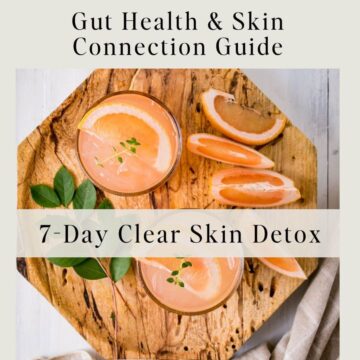
Want to start living the clear skin lifestyle right now? Grab my 7-Day Clear Skin Detox Guide.
You can also connect with me @EatYourNutrition on Instagram. I love seeing your photos. #EatYourNutrition #LauraVillanueva
📚 Resources
- Malpuech-Brugère C, Nowacki W, Daveau M, et al. Inflammatory response following acute magnesium deficiency in the rat. Biochim Biophys Acta Mol Basis Dis. 2000;1501:91-8.
- Mazidi M, Kengne AP, Mikhailidis DP, Cicero AF, Banach M. Effects of selected dietary constituents on high-sensitivity C-reactive protein levels in U.S. adults. Ann Med. 2018;50:1-6.
- Beecher GR. Nutrient content of tomatoes and tomato products. Proc Soc Exp Biol Med. 1998 Jun;218(2):98-100. doi: 10.3181/00379727-218-44282a. PMID: 9605204.
- Doersch KM, Newell-Rogers MK. The impact of quercetin on wound healing relates to changes in αV and β1 integrin expression. Exp Biol Med (Maywood). 2017 Aug;242(14):1424-1431. doi: 10.1177/1535370217712961. Epub 2017 May 26. PMID: 28549404; PMCID: PMC5544166.
- Sawada Y, Saito-Sasaki N, Nakamura M. Omega 3 Fatty Acid and Skin Diseases. Front Immunol. 2021 Feb 5;11:623052. doi: 10.3389/fimmu.2020.623052. PMID: 33613558; PMCID: PMC7892455.



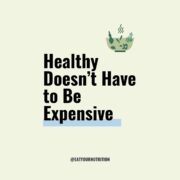



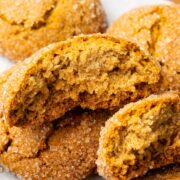

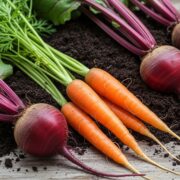
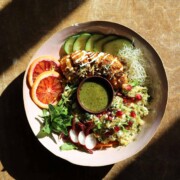


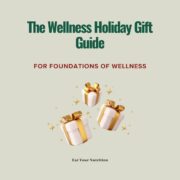
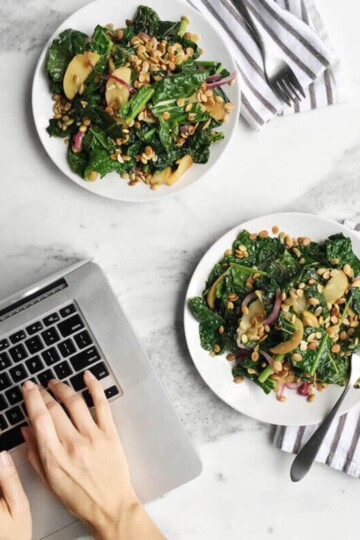
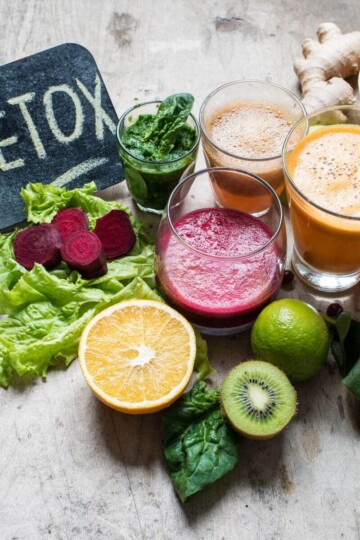
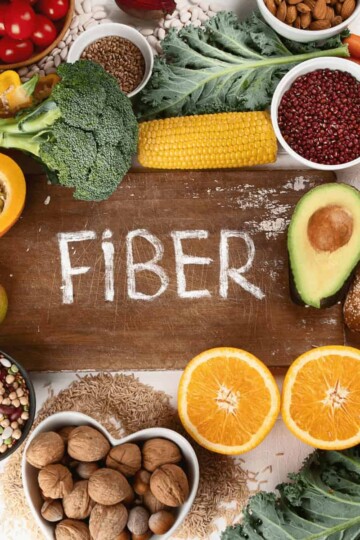
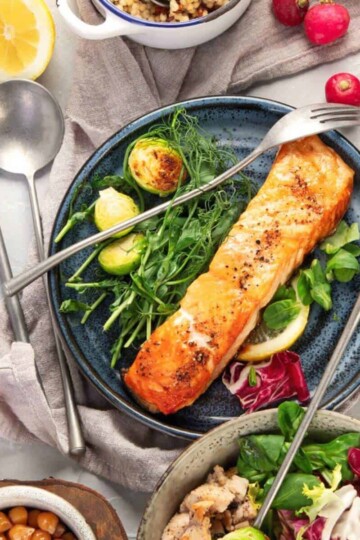
Anne says
Keep on writing, great job!
Laura Villanueva says
Thank you. Glad that you enjoyed reading the article about hormonal acne and diet.
Hattie says
Hello to all, how is the whole thing, I think every one is getting more from this web site, and your views are pleasant in favor of new viewers.
Laura Villanueva says
Thank you Hattie. Glad to hear that you are enjoying all the holistic living and recipes on the website. Welcome. 🧡
Nelson says
Your means of describing all in this piece of writing
is actually good, all be able to effortlessly know it, Thanks a lot.
Laura Villanueva says
Glad to hear that you found this helpful.
Eliza says
It's really a cool and helpful piece of info. I am glad that you shared this useful information with us.
Please stay us informed like this. Thanks for sharing.
Latosha says
Asking questions are genuinely pleasant thing if you are not understanding anything entirely,
but this article presents good understanding even.
Laura Villanueva says
This makes me happy to hear that I helped you understand the information on this topic in an understanaable way for the reader. You're welcome.